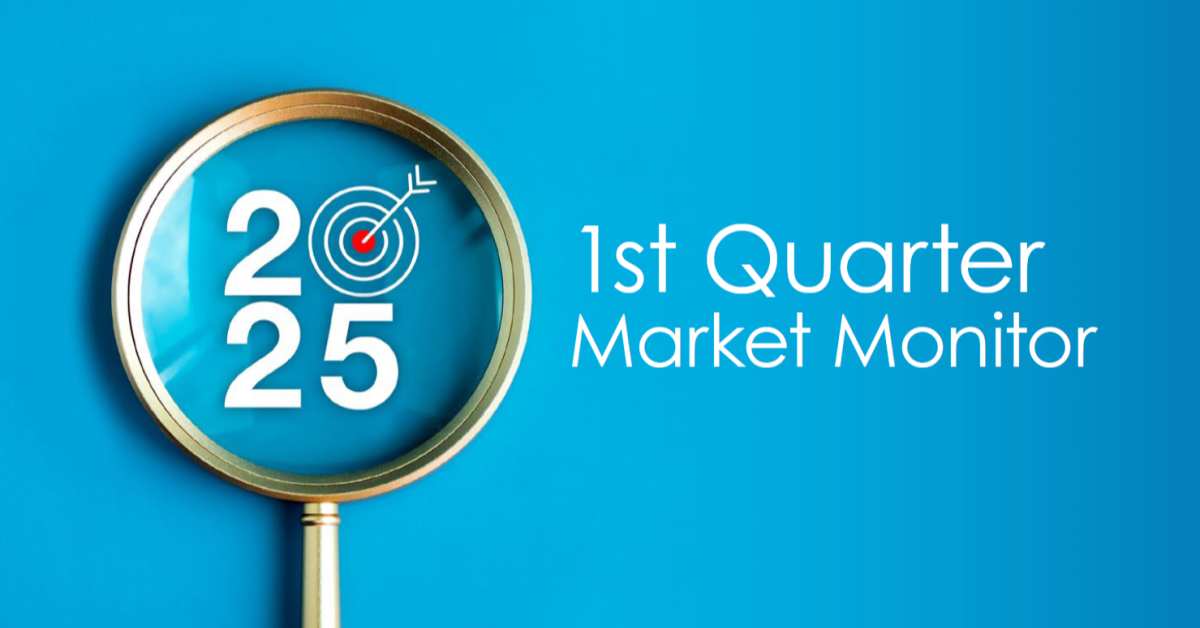Oct 2021
Most folks gauge how things are going in the country by watching the nightly news and reading stories in the general media. Problem is, most of the news tends to skew negative, maybe to attract more readers (positive headlines don’t sell as well as scary ones). As such, there is a tendency to draw conclusions about the financial markets based on what one is gleaning from the general media. But that is often a mistake.
The stock market has fared much better this year than the media would have lead one to believe. This is mostly due to the fact that the underlying fundamentals for corporate profits remain strong (more on this later). The biggest news stories we hear lately are ongoing concerns regarding the Delta variant and its effect on an uneven economic reopening. More recently it’s the supply chain bottlenecks and shipping congestions amongst ports and truckers. These issues are leading to higher costs for manufacturers and higher prices for consumers, and are not likely to be solved overnight.

They will get solved in time, and our dynamic economy will adjust in the meantime. There may be some product shortages this year, and you will surely see countless news outlets covering this “disaster”. But it likely won’t derail the economy or the stock market. What should not be lost on the average investor is how strong the U.S. consumer is right now. Savings rates have been historically high over the last year, household debt is way down, consumer confidence is high. Given that roughly 70% of economic growth comes from consumer spending, the prospects for the economy remain solid.
The strong consumer demand has outpaced the supply of goods and services in recent months, and that has been a primary driver of inflation. Prices at the pump have been on the rise due to higher oil prices, and recent data has shown big spikes in measures of inflation (CPI, PPI, etc.). The Fed has told us that they still believe inflation will be “transitory”, but what exactly does that mean? Technically it means that inflation will be temporary vs. permanent. But the question remains as to how one defines the time frame before which inflation pressures will subside?
The Fed hasn’t attempted to put a time frame on their “transitory” classification. Since inflation is measured based on year-over-year comparisons, it pays to look at last year’s base effects. Around this time last year, the level of demand (and the economy) was extremely subdued due to the economic lockdowns post-Covid. That makes for very, very easy current comparisons versus last year and no surprise we are seeing elevated inflation readings. The key test will come when we move in 2022 and start comparing inflation readings versus strong 2021 data. We think it’s unlikely that inflation readings next year remain as high as we are currently witnessing, and that may be what the Fed is hoping for when they characterize the current inflation environment as transitory.
As for the stock market, as we mentioned earlier it’s been a very good year for equities. There have been several pullbacks along the way, but each one has proven to be fairly shallow when judged by the overall percent decline in the S&P 500 Index. One of the reasons for this is that many of these pullbacks have seen money rotate from certain sectors into others, so not all stocks were correcting at the same time. That said, the shallow declines in the broad index have masked what has been happening under the surface.

According to Charles Schwab, while the biggest pullback in the S&P 500 this year has been -5%, more than 90% of the stocks in the index have experienced corrections of more than 10%. So there has been considerable choppiness in the average stock. That said, things are still looking good for the market. One group that has lagged lately but has potential to play catch-up are the cyclical stocks (i.e – energy, financials, industrials). Many of these stocks remain cheap on a valuation basis and could help propel the market in the near-term.
The stock market has been like a Timex watch this year – ‘takes a licking and keeps on ticking’. Recently it endured more DC drama in the form of the debt ceiling debates and the infrastructure bill back and forth. But the market continues to hang in there, and looks to be in good shape as we enter the strongest seasonal period for stocks. The underlying fundamentals (earnings growth) remain strong as we enter Q4 and should help foster in new highs for the market before year-end.
Jordan L. Kahn, CFA Chief Investment Officer
Sources: Stockcharts.com; Seeking Alpha; Raymond James; Briefing.com; Standard & Poors; Barron’s; Charles Schwab; CNBC.com
*This Market Monitor is provided for informational purposes only and should not be interpreted as investment advice.



